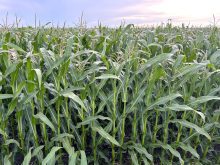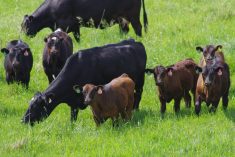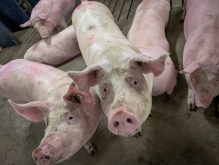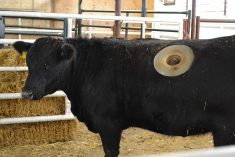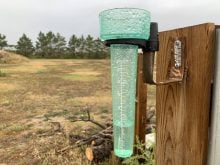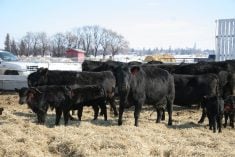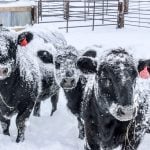Cattle producers are feeling cautiously hopeful, thanks to June and July rains.
“It’s a sigh of huge relief, as least what I experienced in this area — it’s just a burden of worry lifted,” said Fred Lozeman, who farms with his cousin, runs two herds and operates a 2,000-head feedlot west of Claresholm.
“There were going to be some pretty big decisions that almost every producer would be making if we hadn’t gotten this great, great rain in our area.
Read Also
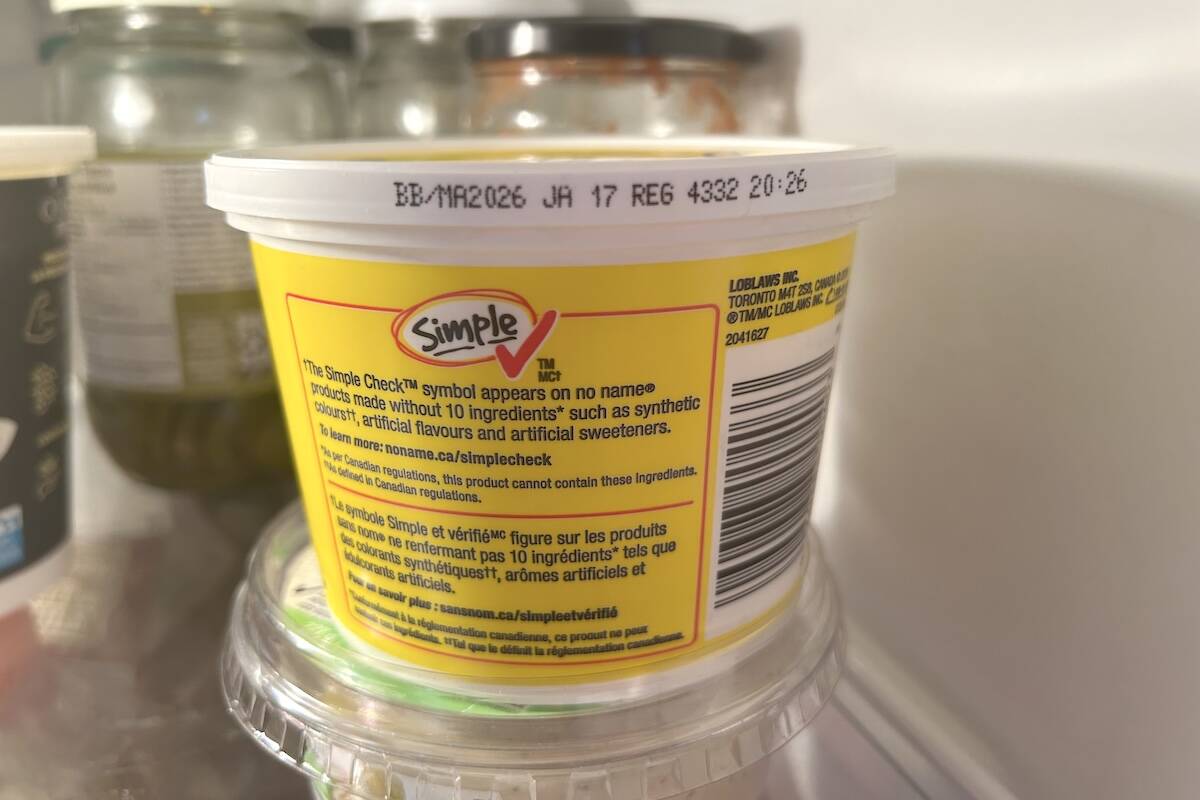
Best before doesn’t mean bad after
Best before dates are not expiry dates, and the confusion often leads to plenty of food waste.
“If it hasn’t changed 180 degrees, I’m sure it’s changed 170 or 160. There are still some little issues of water availability in the ponds, dugouts and springs, but at least the grass is growing.”
And while a big chunk of southern Alberta was still rated (as of June 30) as being in moderate or severe drought by the Canadian Drought Monitor, the situation has changed considerably from the start of summer. In early June, Alberta Beef Producers said it was in talks with the provincial government about implementing a drought relief program for the second year in a row.
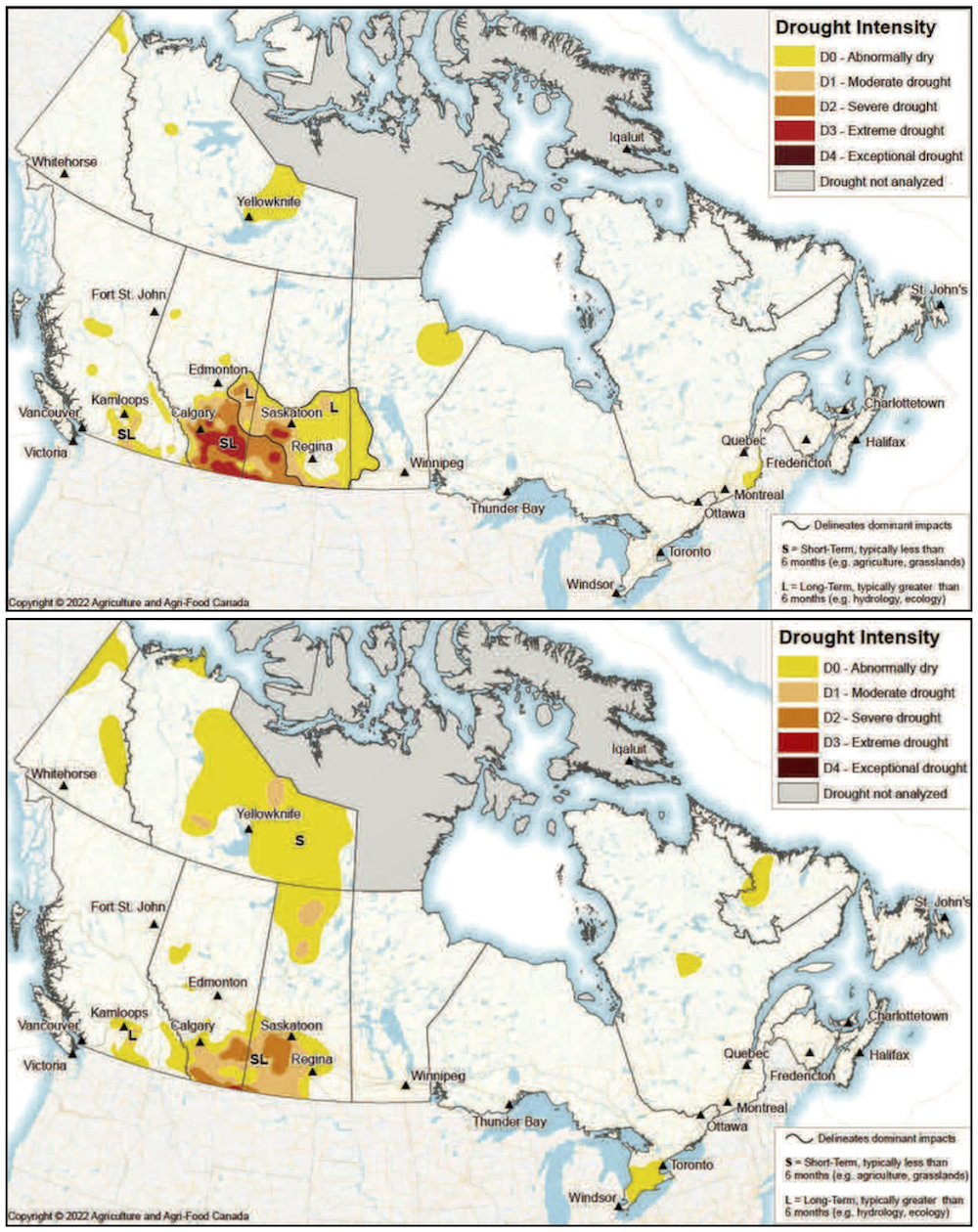
But the situation has improved significantly for many producers, said the chair of the livestock group.
“The moisture has taken a lot of pressure off of a lot of people,” said Melanie Wowk. “We’re still early in the year but at least we’ve got some pasture out there. That, to me, is No. 1 — No. 2 is the continuing hope that because of the reduced number of cattle, we’re going to see some good prices in the fall.”
That’s a huge swing from the start of summer when much of the province, especially the south, was still parched.
“If we had been in the same position with a drought like we were last year, I don’t know where we would have been,” said Wowk. “That’s a huge positive right now.”
Lee Irvine agrees, and is also hopeful that producers will see good prices and strong demand when they start selling cattle this fall.
“I think there’s a lot of optimism out there,” said Irvine, who ranches northwest of Cochrane. “You can look at what forward contracts are doing and what the calf prices are doing. From a fall run perspective, I do think we’re going to have a pretty strong year with a smaller cow herd.”
The U.S. herd is in the contraction phase of the cattle cycle and increased American demand for Canadian cattle should tilt things in favour of producers, he said.
“Because of the smaller herd, it looks like the leverage will come back to the producers — feedlots and cow-calf producers — (and) away from the packers a little, simply because we don’t have the animals to harvest.
“That is a big positive.”
Not out of the woods yet
A few weeks of good moisture isn’t enough to erase the impact of such a severe drought, he said. Because they had to graze their pastures so hard last year, Lozeman said he expects many producers are giving them extra rest this year so they can recover.
“With our operation, we do run a lot of cattle on a friend’s ranch,” he said. “He runs some of our cow herd with his. He also runs a few hundred yearlings for us, but this year, there are zero yearlings out on the ranch. That decision was made fairly early on.”
It’s short-term pain for long-term gain, he said.
“I think it’s the best decision. He’s missing some revenue, but it’s also a relief because you never know what’s going to happen in the future. That’s a specific example and I’m sure there are lots of producers in our area that have quite similar situations.”
Grazing hard, coupled with massive government aid (Alberta producers received $340 million from a special AgriRecovery program) kept the cattle herd from shrinking as much as feared.
And while a lot of pastures won’t be as productive this year, because of damage done last year or because of the dry spring, feed availability shouldn’t be the problem it was last fall and winter — although it won’t be cheap, said Lozeman.
“I expect feed costs will still be fairly high, but it will be easy to procure it,” he said. “Maybe it won’t be as high as last year, but I expect feed costs will still stay up there.”
However, fall prices for calves and yearlings are looking good and there’s capacity in the feedlot sector, he added.
“I anticipate that will continue.”
Cautious optimism on prices
“The money’s not in the bank yet,” said Wasko. “Prices are continuing to grind higher each week. We’ve got high expectations for the fall run and I guess we’ll see what that brings.”
She said there is grass growing at her place and something to cut, and she is grateful for it.
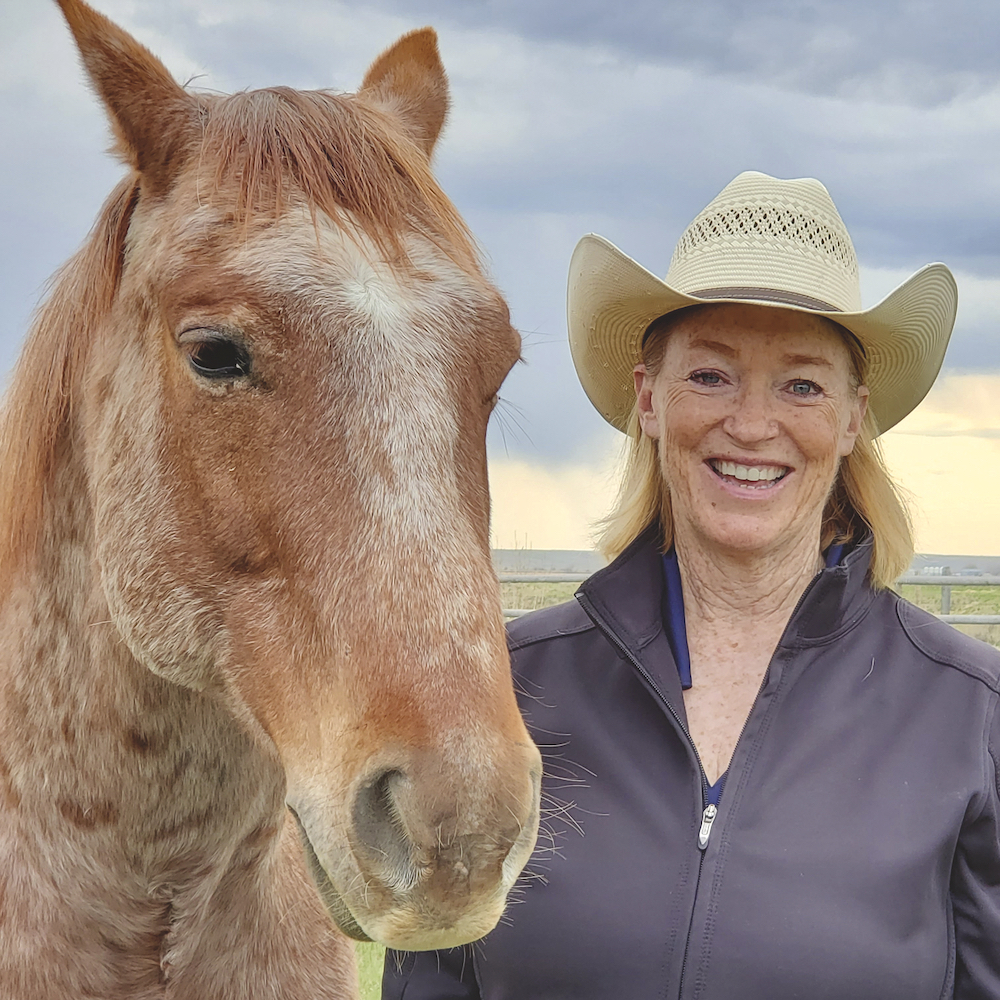
And while Wasko is hopeful that prices will be strong this fall, it’s not clear how things will play out.
“There hasn’t been much in calf pricing for the fall — there has been the odd little bit, but I hate to speculate on that one,” she said. “In terms of yearling grass cattle selling for fall delivery, they’ve been higher than what the cash trade would be today on eight- or nine-weight cattle. That’s a good sign that the feedlots are active and interested to buy.
“The pricing regime looks better for sure. It’s a little early for forward calf sales to speak of, so we’ll watch that closely. But if yearlings or grass cattle are any indication, they’ll be selling strong into August and September.”
There are also reports that lighter weight cattle “are bringing good money right now,” said Wowk.
“Hopefully, that’ll continue until the fall,” she said. “That’s what most people are hoping right now. Culled cow prices have remained quite strong, even though their numbers were quite high. The market signals are there, that hopefully things will be good in the fall.”




